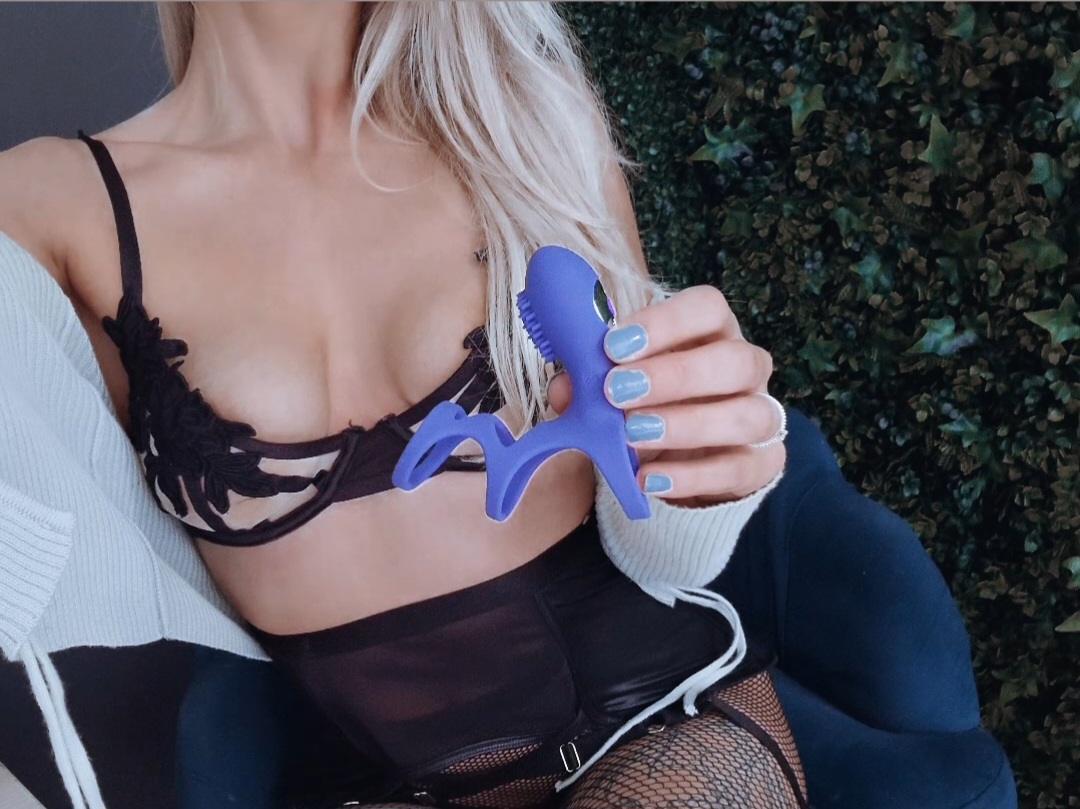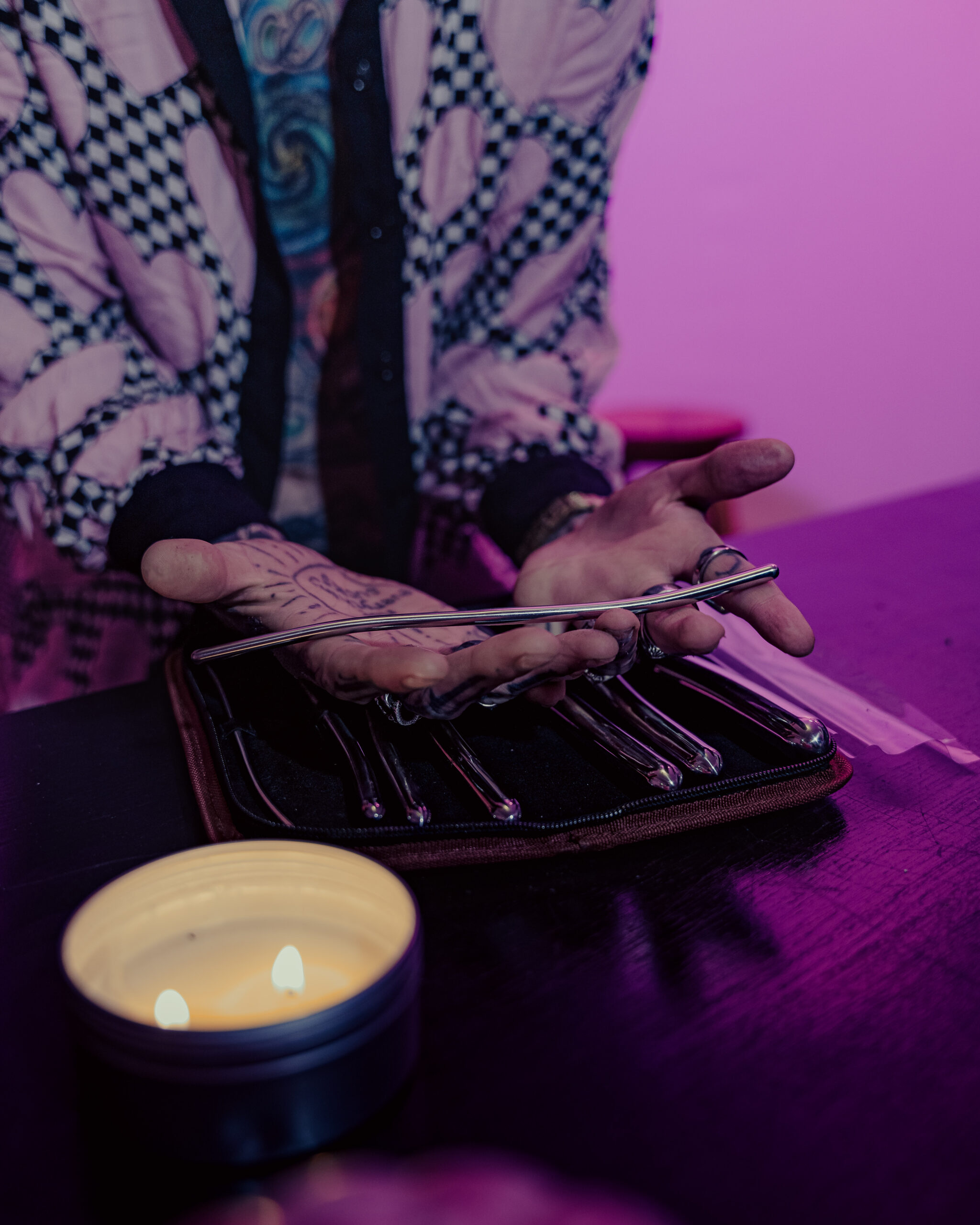Causes of Emotional Flooding in Arguments
Emotional flooding, also known as emotional overflow or intense emotional arousal, occurs when strong emotions such as anger, sadness, fear, or anxiety overwhelm an individual’s ability to think clearly and communicate effectively during a dispute. This phenomenon can lead to heated arguments, hurtful words, and even destructive behaviors, causing significant harm to personal relationships and overall well-being.
Prolonged Stress and Tension
Emotional flooding, also known as emotional overflow or intensification, occurs when an argument escalates to the point where both parties are overwhelmed by their emotions, leading to a surge in feelings such as anger, hurt, and frustration. This can happen when individuals become deeply invested in the outcome of a conflict, feel threatened or attacked, or have unresolved emotional issues that are triggered by the argument.
In some cases, prolonged stress and tension can contribute to emotional flooding in arguments. When two people are under chronic stress due to work, financial, or relationship pressures, their emotional reserves may be depleted, making them more prone to emotional reactivity when conflicts arise. Additionally, individuals with a history of trauma or anxiety disorders may be more susceptible to emotional flooding due to their increased sensitivity to stress and triggers.
Other factors that can contribute to emotional flooding include the presence of power imbalances in the relationship, such as abuse or manipulation, which can trigger intense feelings of helplessness and vulnerability. Furthermore, when individuals have difficulty articulating their emotions or expressing themselves effectively, they may become overwhelmed by their emotions, leading to a “floodgate” effect that releases pent-up feelings onto the other person.

Unresolved emotional issues such as unaddressed grief, anger, or shame can also contribute to emotional flooding in arguments. When individuals fail to process and resolve these underlying emotions, they may become triggered by conflicts, leading to an escalation of intense emotions. Finally, the presence of technology, social media, and constant connectivity can exacerbate feelings of isolation and disconnection, contributing to emotional flooding when individuals are already experiencing stress and tension.
Recognizing Emotional Flooding in Yourself and Others
Emotional flooding is a common experience that can occur during heated arguments, where intense emotions overwhelm an individual’s ability to think clearly and respond constructively. It’s as if a storm has swept through, leaving a trail of emotional devastation in its wake. When we’re emotionally flooded, our reactions become automatic, driven by instinct rather than reason, and we may say or do things we later regret.
Common Signs of Emotional Flooding
Emotional flooding occurs when strong emotions, such as anger, sadness, or fear, overwhelm an individual’s ability to think clearly and respond logically. This can lead to hurtful comments, defensiveness, and escalating conflicts. Recognizing emotional flooding in yourself and others is crucial in resolving arguments in a healthy and constructive manner.
Common signs of emotional flooding in individuals include:
- Inability to control emotions, leading to intense outbursts or meltdowns
- Suddenly becoming overly critical, accusatory, or dismissive
- Using aggressive language or tone
- Failing to listen actively and consider the other person’s perspective
- Experiencing physical symptoms such as a racing heart, tense muscles, or tears
In others, emotional flooding may manifest differently, but still have similar consequences. Some common signs include:
- Raising their voice or speaking in a condescending tone
- Using hurtful or personal attacks to deflect criticism
- Becoming overly defensive or dismissive of concerns
- Withdrawing or becoming unresponsive, indicating that they are feeling overwhelmed
- Experiencing physical symptoms such as facial tension, clenched fists, or avoiding eye contact
Identifying these signs can help you and others to recognize when an argument is escalating into emotional flooding. By acknowledging the emotions and taking a step back, it’s possible to calm the storm and find a more constructive resolution to the conflict.

Strategies to Manage Emotional Flooding
Emotional flooding, also known as emotional overload, can be a debilitating experience that disrupts even the most well-intentioned arguments. When we become emotionally flooded, our thoughts and feelings overwhelm us, making it impossible to think clearly or communicate effectively. This can lead to heated exchanges, hurtful words, and damaged relationships. However, there are strategies available to help manage emotional flooding, allowing us to navigate even the most intense arguments with greater calm and clarity.
Taking a Break from the Argument
Emotional flooding can be overwhelming, making it challenging to think clearly and respond rationally during an argument. When we feel overwhelmed by strong emotions, our brain’s ability to regulate our emotional response is impaired, leading to a state of heightened arousal and impulsivity.
To manage emotional flooding in arguments, it’s essential to take a step back and acknowledge the intensity of your emotions. Recognizing that you’re feeling emotionally flooded can help you detach from the situation and gain some perspective. Take a few deep breaths, and give yourself permission to pause and collect your thoughts before responding.
Another effective strategy is to use the “time-out” technique. When we feel ourselves becoming overwhelmed, it’s crucial to take a break from the argument to calm down. This allows us to regroup, re-center, and approach the conversation with a clearer head. Use this time to engage in an activity that relaxes you, such as going for a walk or practicing some gentle stretches.
Additionally, practicing self-compassion can help reduce emotional flooding. Acknowledge your emotions and remind yourself that it’s okay to feel overwhelmed. Be gentle with yourself, and try not to beat yourself up over reacting impulsively. Instead, focus on understanding what triggered your emotions and how you can respond more thoughtfully in the future.

Setting boundaries can also be helpful in managing emotional flooding during arguments. Identify what triggers your intense reactions, and learn to say “no” or set limits when necessary. This can help prevent feelings of resentment and defensiveness that can escalate conflicts.
Reframing Your Response
Arguments can be emotionally charged, leading to feelings of overwhelm and frustration. When we become “emotionally flooded” during disputes, it’s challenging to think clearly or respond constructively. This state can make us more prone to saying things we might later regret, and can damage our relationships with others.

In this context, reframing one’s response is crucial for managing emotional flooding in arguments. By adopting a specific mindset and approach, individuals can calm the storm and navigate disagreements in a more effective way.
Using “I” Statements and Active Listening
When faced with intense emotional arguments, it’s easy to feel overwhelmed and like your emotions are taking control. However, by reframing your response and using effective communication tools, you can calm the storm and come out of the argument with a clear mind and a stronger relationship.
- Reframing Your Response: The First Step to Calming Emotional Flooding
- The Power of “I” Statements
- The Importance of Active Listening
- Putting it All Together: Calming Emotional Flooding
One of the most important steps in calming emotional flooding is to reframe your response. This means changing the way you think about the situation, rather than reacting impulsively. By reframing your response, you can shift from a place of defensiveness and anger to one of understanding and empathy.
Using “I” statements is another powerful tool for calming emotional flooding. When we use “I” statements, we take ownership of our thoughts and feelings, rather than blaming others. This can help to diffuse tension and create a safer space for constructive dialogue.
Active listening is also crucial for calming emotional flooding. By paying attention to the other person’s perspective, you can better understand their needs and concerns, and respond in a way that addresses those needs. This helps to build trust and rapport, and can often resolve conflicts before they escalate.
By reframing your response, using “I” statements, and practicing active listening, you can calm the storm of emotional flooding in arguments. This takes practice, but the benefits are well worth it – stronger relationships, reduced conflict, and a more peaceful and respectful communication style.
Calming the Storm: Strategies for Regaining Composure
Emotional flooding in arguments can be overwhelming and debilitating, leaving us feeling drained, resentful, and uncertain about how to move forward. It’s easy to get caught up in the heat of the moment and say or do things that we later regret, causing irreparable damage to our relationships and emotional well-being. However, recognizing the signs of emotional flooding can be a crucial step towards calming the storm and finding a more constructive path forward.
Breathing Exercises and Physical Relaxation
Calmly navigating an argument can be incredibly challenging, but it’s often necessary for finding common ground and preserving relationships. When emotions run high, it’s easy to feel overwhelmed, and the situation can quickly spiral out of control. This is where calming the storm becomes essential. In this article, we’ll explore strategies for regaining composure, breathing exercises, and physical relaxation techniques to help you navigate even the most turbulent discussions.
One effective way to calm the storm is through deep breathing exercises. When we’re emotionally charged, our breathing tends to become shallow and rapid, which can further fuel our anxiety and panic. By taking slow, deliberate breaths, however, we can begin to slow down our heart rate and calm our nervous system. Try inhaling for a count of four, holding your breath for a count of seven, and exhaling for a count of eight. Repeat this process several times, focusing on the sensation of the breath moving in and out of your body.
Physical relaxation techniques can also be incredibly helpful in calming the storm. This might involve rolling up your sleeves, releasing tension from your shoulders, or simply allowing yourself to let go of physical resistance. Some people find that taking a short walk, engaging in some light stretching, or practicing progressive muscle relaxation (tensing and relaxing different muscle groups) helps them feel more centered and calm.
Another approach is to take a step back from the argument itself, at least for a little while. This might mean taking a break, going for a walk, or engaging in an activity that brings you joy and calms your mind. By creating some space between yourself and the situation, you can begin to clear your head and gain perspective on the issue at hand.
It’s also worth considering the role of self-compassion in calming the storm. When we’re feeling overwhelmed or anxious, it’s easy to get caught up in negative self-talk and criticism. By treating yourself with kindness and understanding, however – acknowledging that you’re doing the best you can, and that it’s okay to make mistakes – you can begin to shift your emotional tone and find a sense of calm.
Finally, consider seeking support from others when you need it. Talking through your feelings with a trusted friend or partner can help you process your emotions and gain a new perspective on the situation. Don’t be afraid to reach out for help – in fact, doing so is often an act of great strength and self-care.
Fostering a Peaceful Conversation
Engaging in heated arguments can be incredibly draining, leaving both parties feeling emotionally exhausted and drained. When emotions run high, it’s easy for conversations to become overwhelming, with feelings of anger, hurt, and frustration boiling over. However, by learning how to manage our emotional responses and create a peaceful conversation environment, we can transform confrontational interactions into productive and respectful exchanges.
Seeking Common Ground and Understanding
Fostering a peaceful conversation can be challenging, especially during heated arguments. When emotions run high, it’s easy for the discussion to descend into chaos. However, by seeking common ground and understanding, we can calm the storm and find a resolution that works for everyone.
To achieve this, it’s essential to create a safe and respectful environment where both parties feel heard and valued. This can be done by maintaining eye contact, using “I” statements instead of “you” statements, and avoiding interrupting or criticizing each other. By listening actively and empathetically, we can gain a deeper understanding of the other person’s perspective and find areas of agreement.
Seeking common ground involves looking for shared values, goals, and interests that can help bridge the gap between differing opinions. It’s also about focusing on the issue at hand rather than attacking the other person personally. By doing so, we can shift the conversation from a adversarial tone to a collaborative one, where both parties work together to find a mutually beneficial solution.
Additionally, taking a break from the conversation if emotions become too intense can be helpful in calming the storm. This allows both parties to regroup, reflect on their feelings and thoughts, and approach the discussion with a clearer head. By being patient, open-minded, and willing to compromise, we can work together to find a peaceful resolution that resolves the conflict and strengthens our relationship.
Shop Enjoy Safe products for safe and comfortable play at Peaches and Screams Shop ejaculating dildos for added realism at Peaches and Screams Shop animal penis dildos for unique pleasure experiences at Peaches and Screams Shop beginners butt plugs for smooth entry at Peaches and Screams Shop male love dolls at Peaches and Screams Shop oral sex enhancement sprays and gels for added pleasure at Peaches and Screams Explore erotic body massage oils for sensual relaxation at Peaches and Screams
The Lady London Market Day ME Elizabeth Joy Photo Cycle for Azaylia


















